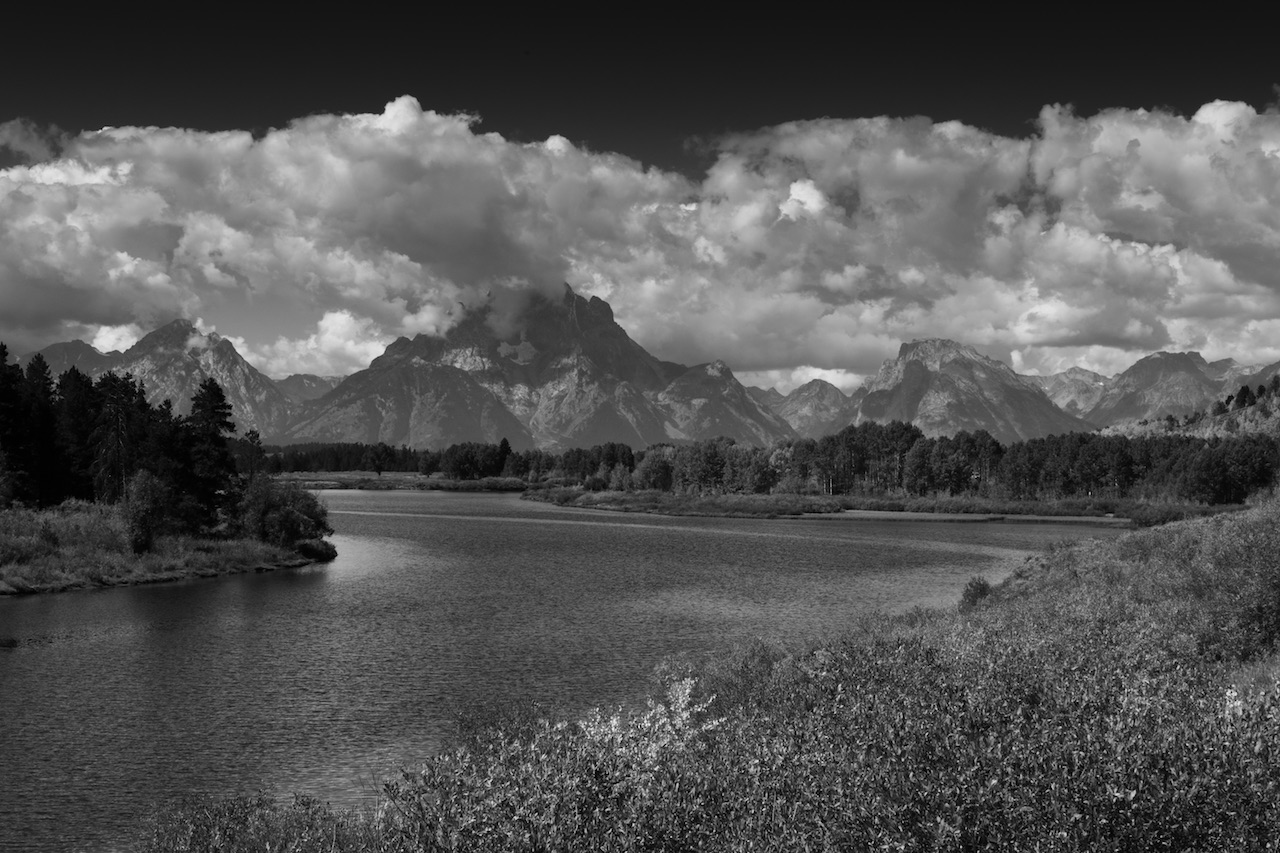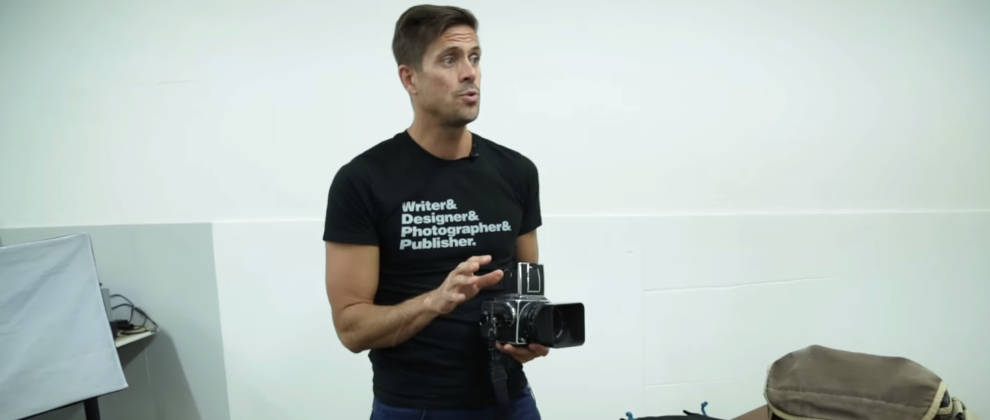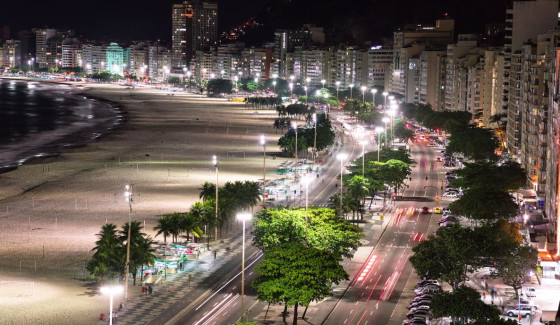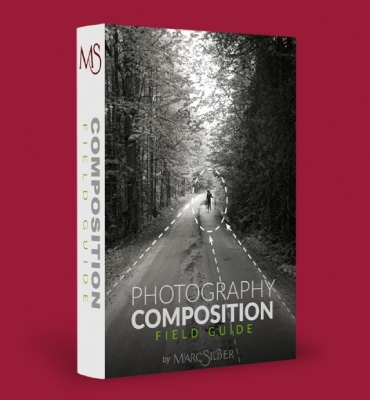If photography has ever been limited in its scope, it’s probably because of the artist’s inability to find the right position. But what if you were able to get your camera into completely unique spots, and effectively capture pictures from an angle and perspective you never thought possible?
That’s the idea behind Kite Aerial Photography (KAP), the latest trend in innovative picture-taking. Basically, it’s exactly what it sounds like — through the use of a special harness, some pulleys, a sturdy fly-line and a nice, high-flying kite, KAP photographers send their cameras soaring through the air to capture images previously unseen.
Take KAP veteran Scott Dunn for example. His incredible shots of the Manhattan skyline or landmarks like the Statue of Liberty reveal stunning facets and breathtaking views of subjects you’d thought couldn’t be captured with originality anymore. And he does it all with his feet planted firmly, safely, on the ground. To see Dunn’s shots of the New york City Liberty Island Swim Event, and to read about how he obtained permission from the U.S. National Park Service in order to get so close to Lady Liberty, check out his Flickr page.
But before you send your valuable camera hundreds of feet into the air, it’s probably best to get a sturdy set of equipment first. Most KAP photographers use something called a Picavet, an X-shaped cross with a set of pulleys that hangs down from the kite, serving as a sort of hammock for your camera. Read more about KAP rigs and accessories at Brooxes.com, an online store specializing in all your KAP needs.







Leave A Comment
You must be logged in to post a comment.